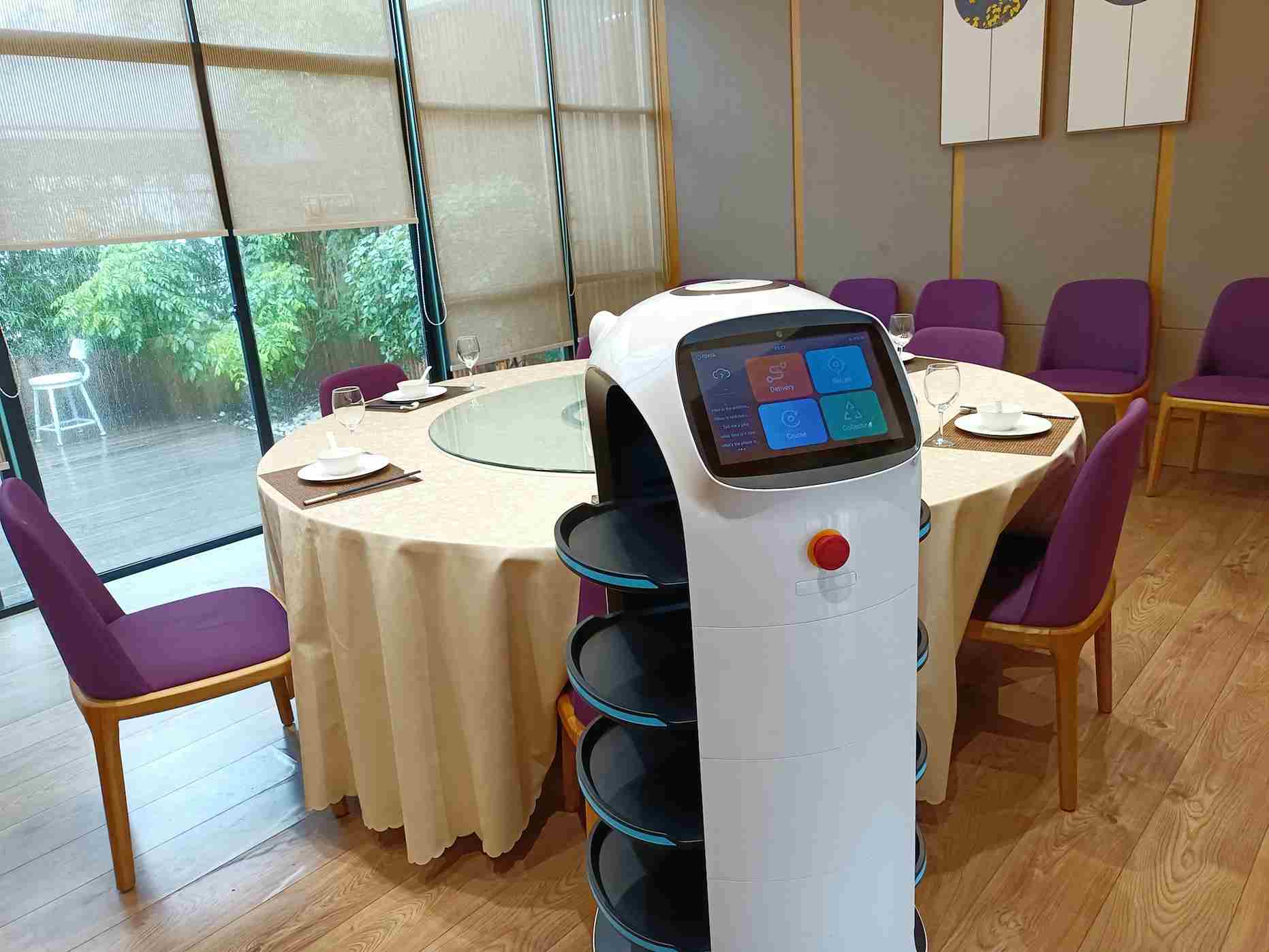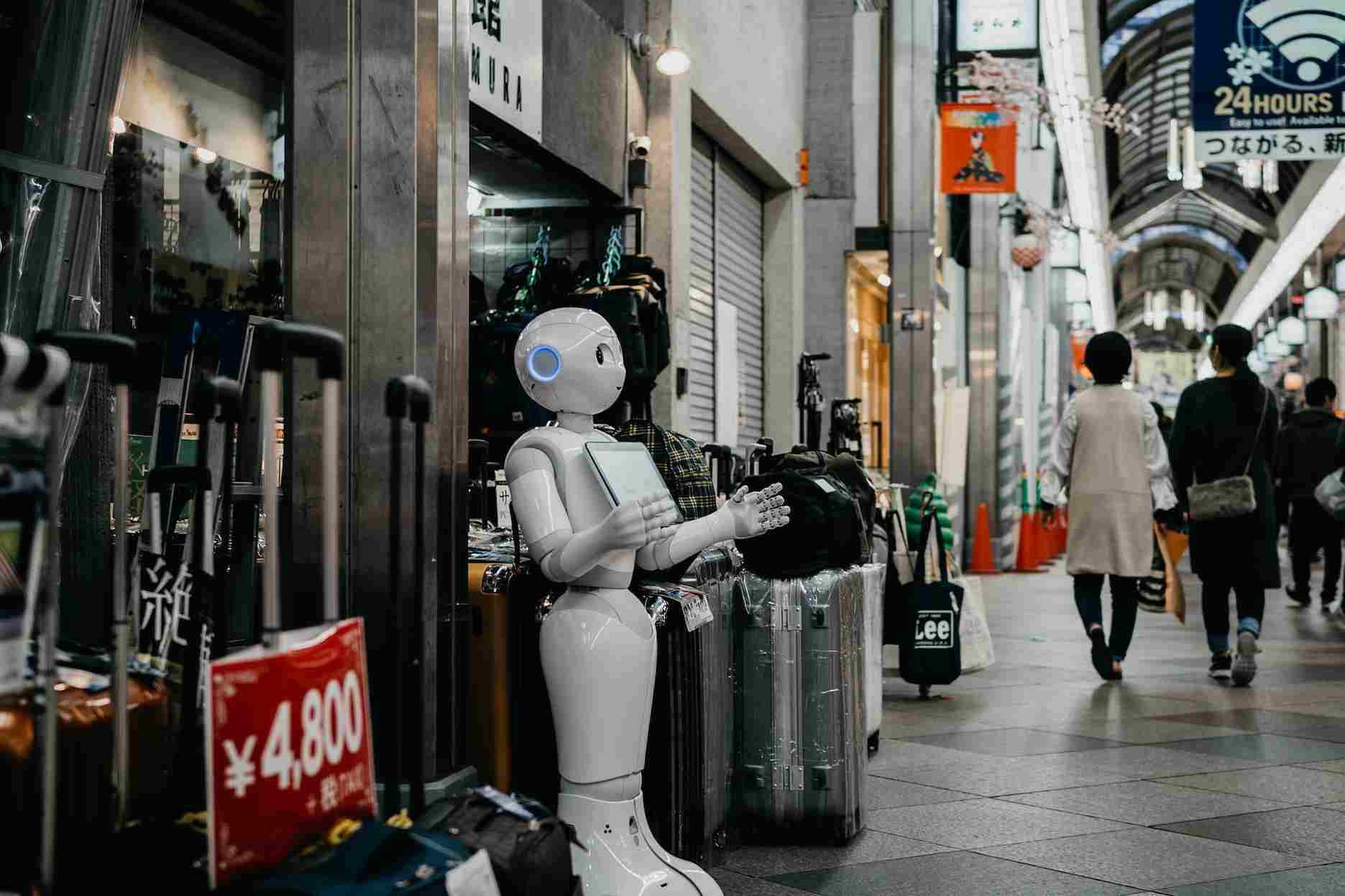

Singapore's food and beverage (F&B) market is highly diverse and competitive, with a wide range of cuisines and dining options available to consumers. Singaporeans are known for their love of food, and the city-state has established itself as a gastronomic destination, attracting food lovers from around the world.
In 2022, F&B industry statistics in Singapore showed an 18% growth in volume index, a 2.8% increase from the acceleration recorded in 2021. The development of the local foodservice market prompts business owners to increase efficiency and cut costs to maximize capital and profit. F&B automation, or the use of technology and machinery to automate processes in the food and beverage industry, is also becoming increasingly important.

F&B automation has been a growing trend in Singapore in recent years, driven by factors such as rising labor costs, limited space, and the need for increased efficiency and convenience. Some trends in F&B automation in Singapore include:
A need for greater efficiency, convenience, and cost savings drives the growth of the F&B automation market in Singapore. While some customers may prefer the human touch of traditional service, the growing adoption of automation in the industry will likely continue in the coming years.
Suppliers of automation technology to the F&B industry in Singapore can consider offering customized automation solutions that cater to the specific needs of F&B establishments. This can help them differentiate themselves from their competitors and provide more value to their clients.
Suppliers can also build strategic partnerships with other players in the F&B industry, such as point-of-sale (POS) system providers, payment gateway providers, and logistics providers. This allows them to offer comprehensive solutions to F&B establishments.
Lastly, automation technology providers can offer training and support to F&B establishments to help them adopt and implement automation solutions. This can help build strong relationships with clients and ensure they can get the most out of their automation technology.
Technology providers can leverage the growing demand for F&B automation in Singapore, offering innovative solutions, providing training and support, building strategic partnerships, and staying up to date with industry trends.

How Major Players Unlock Opportunities in SEA’s Digital Payments Landscape
The digital payment landscape in Southeast Asia (SEA) is rapidly evolving, driven by increasing internet penetration, smartphone adoption, and a burgeoning fintech ecosystem. Major players in the digital payment space are pioneering innovative solutions, facilitating seamless transactions, and enhancing financial inclusion.

An Overview of Southeast Asia’s Startup Ecosystem
Southeast Asia’s startup ecosystem is characterized by its diversity and rapid growth. Key markets include Singapore, Indonesia, Malaysia, Thailand, Vietnam, and the Philippines. Each of these markets presents unique opportunities and challenges. Singapore, for instance, serves as a financial and technological hub, offering a conducive environment for startups with strong government support and a mature investment climate. Indonesia, with its large population, presents vast market opportunities, particularly in sectors like e-commerce and fintech.

Key Drivers of Southeast Asia's Last Mile Logistics Market
The growth of last mile logistics market in Southeast Asia (SEA) is driven by various factors that are reshaping consumer expectations and industry dynamics. This article explores the key factors driving SEA's last mile logistics market, highlighting the convergence of digitalization, consumer demands, technological advancements, sustainability initiatives, and the development of e-commerce and essential deliveries.

Embracing Sustainability: The Rise of Sustainable Automotive Lubricants in SEA
In recent years, Southeast Asia (SEA) has witnessed a growing emphasis on sustainability across various industries, and the automotive sector is no exception. As the region gears towards a greener future, sustainable automotive lubricants have emerged as a key focal point in the drive towards environmental stewardship and resource conservation.